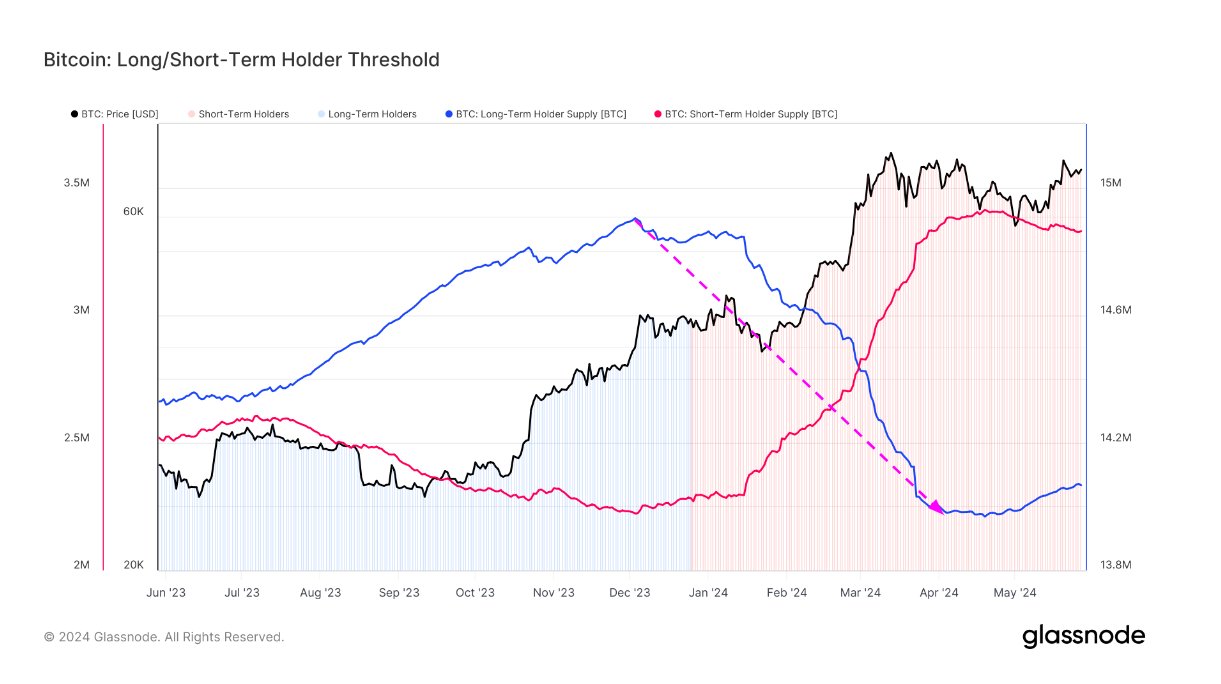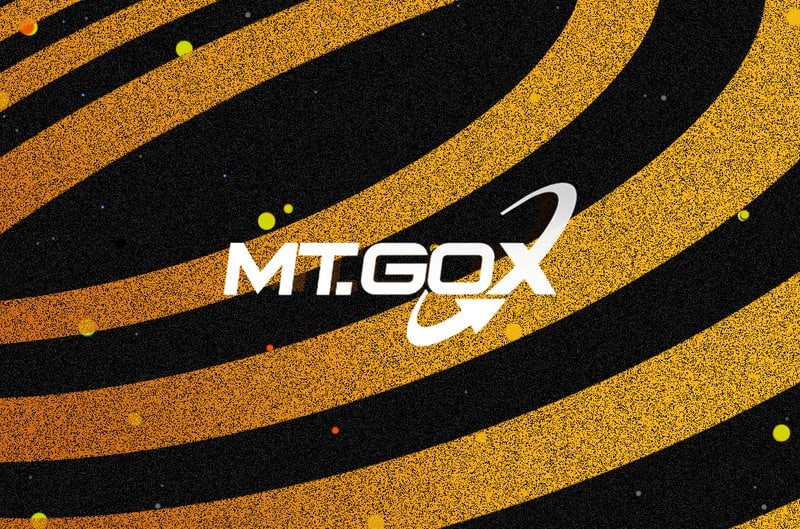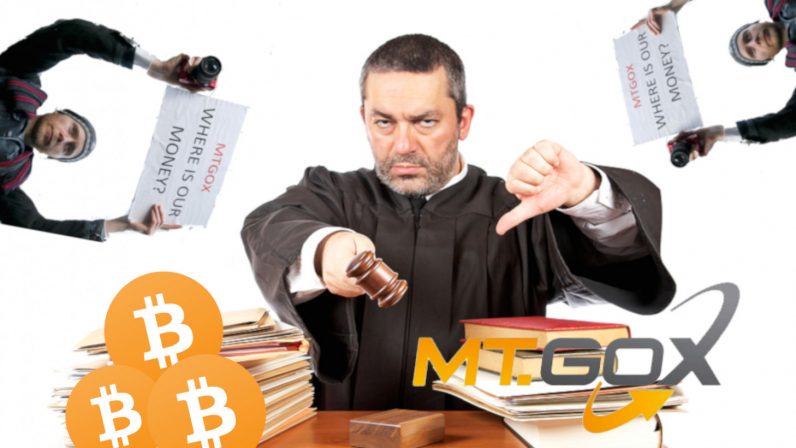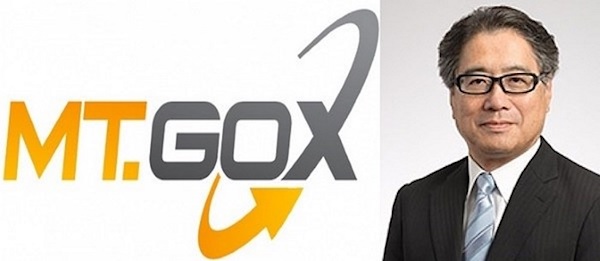
2022-7-29 21:44 |
Mt Gox, the first crypto exchange to gain mainstream traction, has long gone down in the annuls of crypto infamy.
Launched in 2010 – scarcely a year after Satoshi Nakamoto introduced the world to Bitcoin, within four years it was handling over 70% of Bitcoin transactions worldwide. And then, in February 2014, it was gone. Operations were abruptly ceased, bankruptcy protection was filed for and, most importantly, 650,000 bitcoins were missing.
However, recent developments in the court process have thrown a spanner in the works, revealing 137,000 bitcoins will be recovered.
The question then becomes – with this treasure chest of bitcoins worth around $3.3 billion at current prices, what effect does this have on the market?
Mt Gox holders’ actions (will) reflect the overall industry sentiment and be particularly indicative of where the OGs stand when it comes to Bitcoin’s price potential
Kiril Nikolov, DeFi Strategy at NexoI got thoughts from Kiril Nikolov, DeFi Strategy at Nexo, the crypto lending platform, on how this would affect the market.
Of course, given the recent unloading from Celsius of a boatload of wBTC themselves, I asked some questions there too – as well as how the whole Celsius debacle affects Nexo and the industry at large.
The Bitcoin influx resulting from the Mt Gox release will undoubtedly have an immediate impact on the market. How big it is would depend solely on the decisions of Mt Gox claimholders; in other words — would they sell, borrow against it to benefit from future rises, or hodl
NikolovInvezz (IZ): Do you believe that the market has already baked in the perception that Mt Gox sellers will offload some of their Bitcoin?
Kiril Nikolov (KN): Yes, this would be a fair assumption, although there is no way to know for sure until we see events play out.
IZ: Given the long period of time between now and when the holders lost access to their coins with Mt Gox, a lot will have seen changes in their lifestyle, financial circumstances and myriad other factors. Do you thus believe it is very difficult to foresee what happens here?
KN: Generally speaking, most victims of Mt. Gox would be better off financially if they remained active in the industry. My assumption is that most victims have remained active in the industry as users, builders & early adopters and therefore benefited immensely.
IZ: Do you think we would have seen a different reaction from the investors if the bitcoins were released to them last year amid the crypto rally, as opposed to now when markets are struggling?
KN: Yes, although paradoxically amid market euphoria, users might have been even less likely to sell given the perceived higher potential upside in the middle of a bull market. In addition, there were early liquidity opportunities (similar to the recent FTX offer to purchase Voyager claims) which has made it possible for users to get early liquidity (Fortress capital has set aside 100M$ for such early liquidity).
IZ: Nexo is obviously looking to distance itself from a relation with Celsius or other irresponsible crypto lenders who suffered from poor risk management. Do you believe, however, that the high-profile insolvencies of such companies have dampened the reputation of the entire industry? Are customers now more wary and hesitant to pursue yield?
KN: Such a number of high-profile insolvencies & lender losses has undoubtedly hurt the image of the entire crypto lending industry. I strongly hold the belief that recent bankruptcies will not destroy demand for yield and for efficient money markets.
In fact, such mammoth losses are only a catalyst for faster adoption of more robust underwriting & risk management standards. A higher push for transparency will lead to the next generation of cryptocurrency lending products & risk disclosure standards.
Our team has made the first steps with our 40+ licenses and registrations, and our real-time attestation (also used by companies such as Kraken) and we expect others to adopt this approach.
Audited company financials will become the standard within institutional finance for both funds and lenders. Until such standards are created and the industry matures, we will remain conservative, relying on automation and overcollateralization to take full advantage of what digital assets have to offer.
IZ: Do you think Celsius holders will ever receive even a portion of their bitcoins or other crypto back?
KN: On background: I believe that bankruptcy proceedings in the case of Celsius are bound to be slow and inefficient with many edge cases; unexpected details & interdependencies within the industry coming to light.
Celsius users will have a long & exhausting process ahead of them, with proceedings from cryptocurrencies and their sale timing (as opposed to stablecoins/fiat currencies) putting the most uncertainty ahead of liquidators on what is fair distribution and correct timing.
IZ: Did the price impact of Celsius unloading their wBTC surprise you? And do you use anything from how that went down in your analysis of what will happen with the Mt Gox bitcoins?
KN: There is a substantial difference, with the wBTC Celsius sale being a firesale with urgency. А single seller in dire need of liquidity is unlikely to have a similar impact on a market with thousands of long-term holders.
To have the same exact impact, Mt. Gox would need an unprecedented level of coordination between holders to provoke the same type of sell pressure. That being said, I do believe that selling pressure, although potentially overestimated, has the potential to have a sizable meaningful impact on current prices.
The post How will recovery of Mt Gox’s $3.3 billion of bitcoins affect market? Interview with Nexo rep appeared first on Invezz.
Similar to Notcoin - Blum - Airdrops In 2024
Bitcoin (BTC) на Currencies.ru
|
|






















